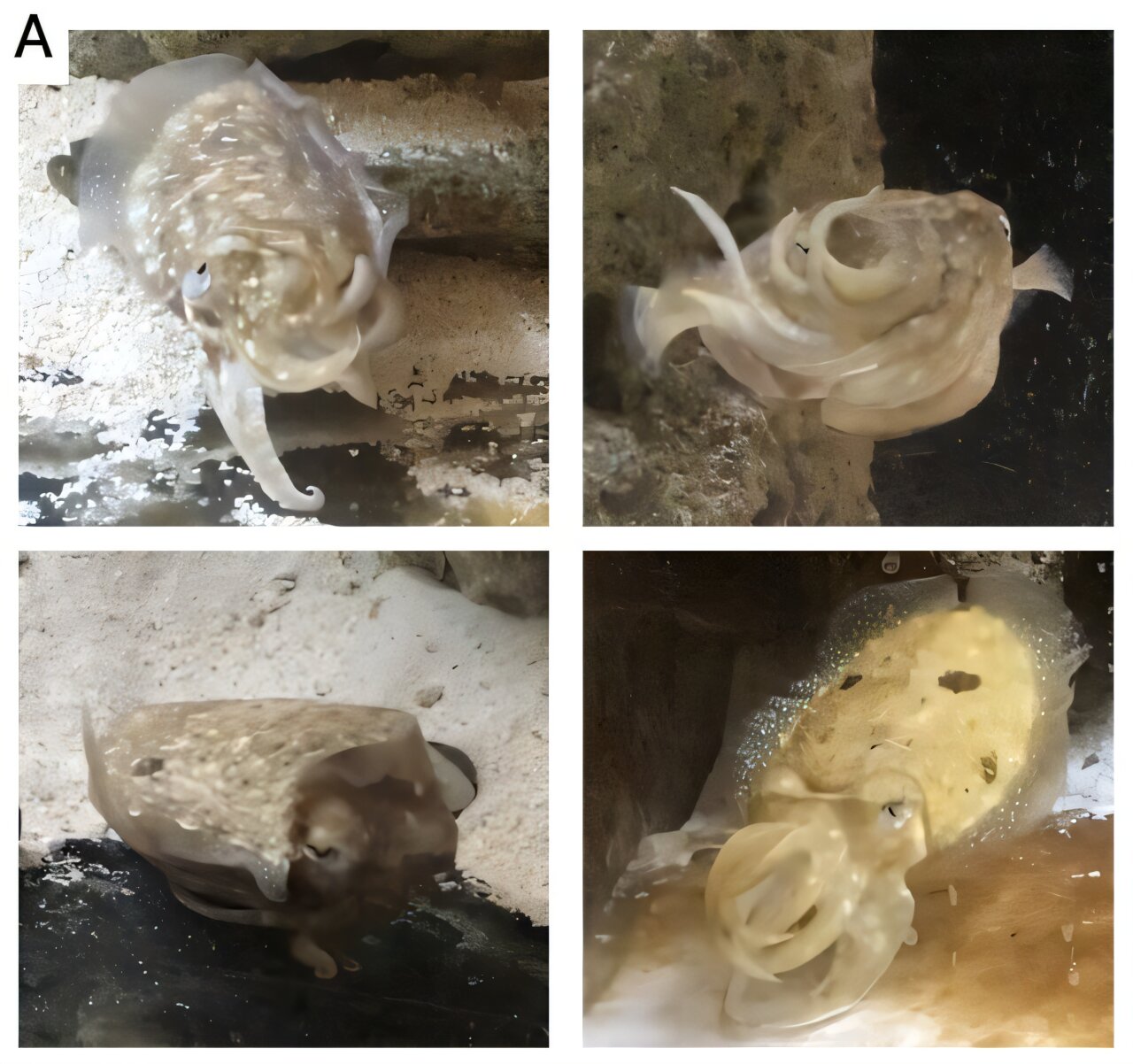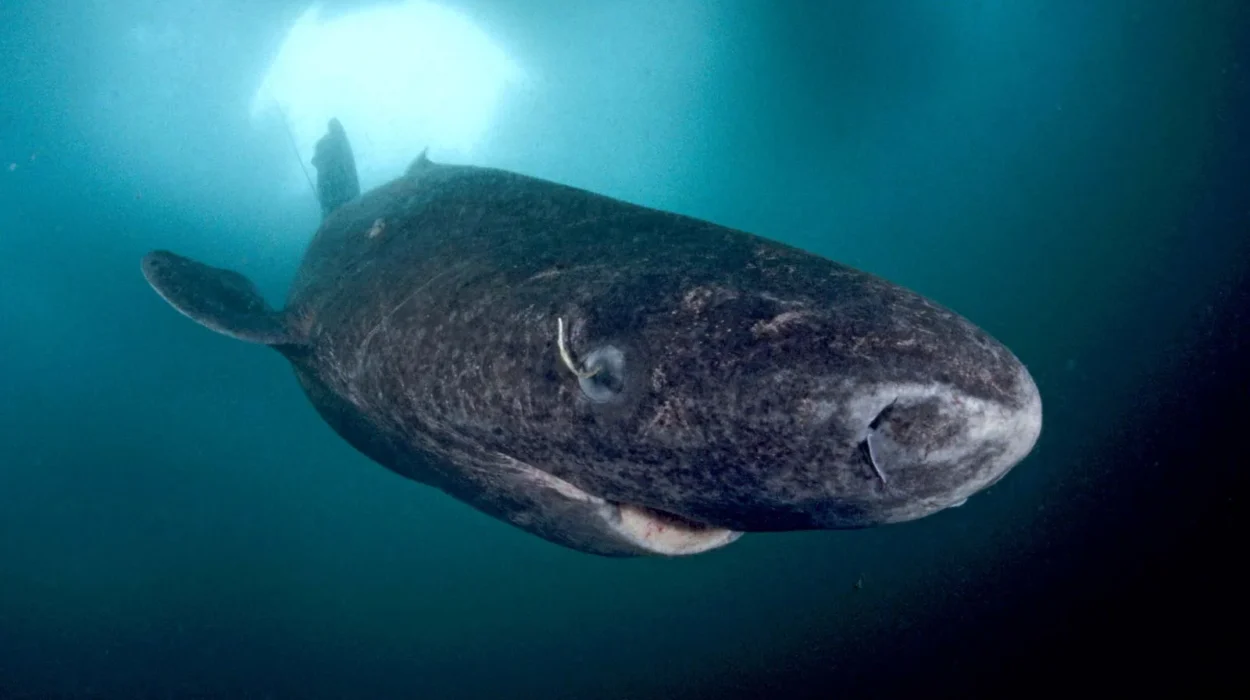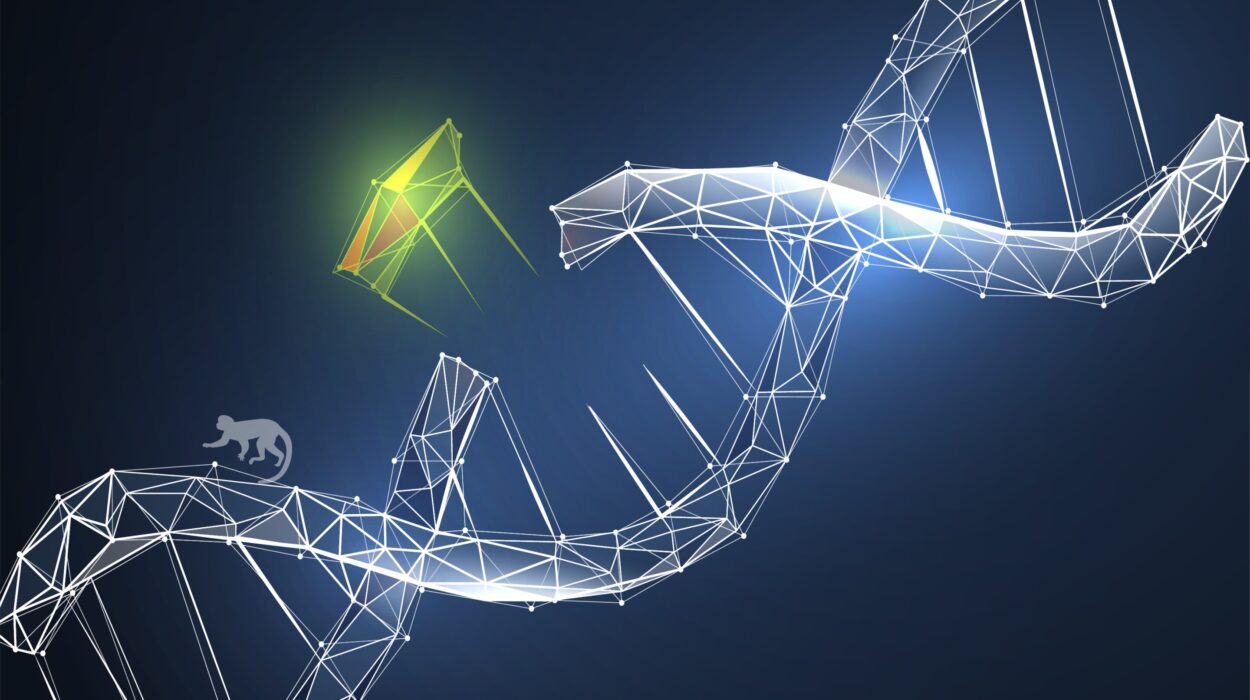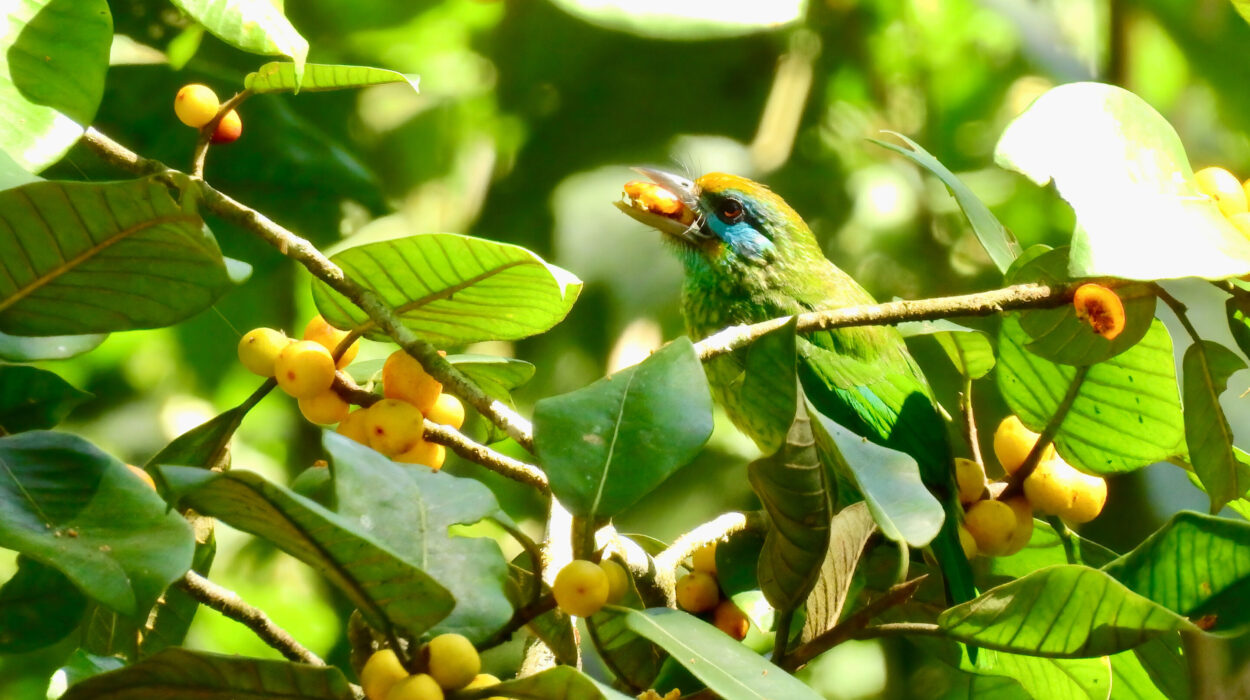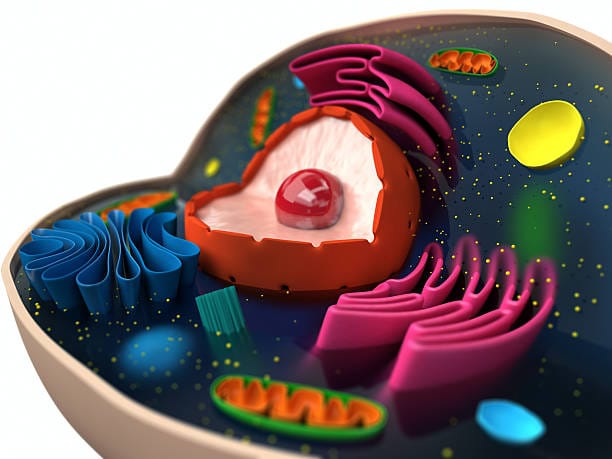In the hidden depths of the ocean, evolution has sculpted some of the most astonishing communicators on the planet. Among them, the cuttlefish—a soft-bodied cephalopod cousin to the octopus and squid—has long fascinated marine biologists for its hypnotic color displays and remarkable intelligence. But now, a new study by neuroscientists Sophie Cohen-Bodénès and Peter Neri at École Normale Supérieure in France, may have pulled back the veil on yet another layer of their enigmatic behavior: a mysterious language of movement—a kind of sign language performed with their arms.
The researchers’ findings, currently posted as a preprint on bioRxiv, suggest that cuttlefish may communicate not only by transforming their skin into vibrant canvases of mood and intention but also by waving their limbs in specific, possibly meaningful patterns. This research could redefine our understanding of cephalopod communication—and challenge the very boundaries of what we consider “language” in non-human species.
Cephalopod Conversations: More Than Meets the Eye
Cuttlefish are masters of visual deception. Their skin contains chromatophores—pigment-filled sacs that allow them to change color and pattern in milliseconds. These adaptations serve purposes from camouflage to courtship, and sometimes to intimidate rivals. But beneath the swirling colors lies another, more subtle form of expression: arm gestures.
Cohen-Bodénès and Neri were intrigued by earlier observations of male cuttlefish contorting and brandishing their arms during mating contests. These movements had long been assumed to be threatening displays or body language to appear more dominant. But what if they were more than that? What if cuttlefish were waving—not in aggression—but in conversation?
To test this possibility, the researchers conducted a series of experiments in a controlled laboratory environment. They placed multiple cuttlefish into observation tanks, allowing them to interact naturally. Over many hours, they captured high-resolution video footage of the animals as they waved, twisted, and curled their arms in the presence of others.
Four Distinct Waveforms
In the data, four distinct movement patterns emerged with startling consistency. The researchers named them based on their observable traits: up, side, roll, and crown. Each pattern described a unique style of arm motion. “Up” involved a vertical extension; “side” was a sweeping lateral arc; “roll” indicated a twisting motion; and “crown” resembled a raised, halo-like posture above the head.
These gestures weren’t random. The researchers observed them repeatedly, and always during specific types of social interactions. Most compellingly, when a cuttlefish performed one of these gestures while facing another, the other often responded with the same pattern—as if replying in kind.
To ensure these weren’t coincidences or reflexes, the team took their investigation a step further. They played back recordings of cuttlefish performing the waving gestures on video screens placed inside the tanks. The living cuttlefish responded to the videos by mimicking the gestures they saw—indicating recognition and perhaps intentionality.
But here’s the kicker: when the researchers flipped the videos upside down, the cuttlefish responses all but vanished. The gestures no longer made “sense” to them. This result offered tantalizing evidence that the animals recognized specific movement patterns and possibly interpreted them as part of a larger communicative system.
Soundless Signals: The Role of Vibrational Waves
While cuttlefish are silent to human ears, the ocean is a realm rich in mechanical vibration. Cuttlefish live in this fluid medium where even the slightest motion creates ripple effects. As the researchers observed, the arm movements not only involved visible gestures but also generated vibrational waves in the water.
These weren’t accidental side-effects. Using a hydrophone—an underwater microphone—Cohen-Bodénès and Neri captured the unique vibrations created by each gesture. They then played back these vibrational signatures through underwater speakers to see how cuttlefish would respond.
The results were startling. When original, unaltered recordings were played, the cuttlefish reacted. When the same recordings were scrambled or played in reverse, they did not. This strongly implied that the animals could distinguish not just the presence of a wave but the order of the signal. It hinted at syntax—an essential feature of structured communication.
This finding mirrors studies in other animals, like songbirds and dolphins, who also use sequenced signals in their communication. Could cuttlefish be forming primitive “sentences” through the rhythms and sequences of their limb waves and water pulses?
The Deep Sea Enigma of Cuttlefish Intelligence
The notion that cuttlefish might be exchanging messages in a kind of underwater sign language opens fascinating questions about the evolution of intelligence. Unlike most animals, cephalopods don’t inherit social learning from long-lived elders. They hatch alone, grow fast, and die young. And yet, they consistently display cognitive abilities that rival those of mammals and birds.
Cuttlefish, in particular, have demonstrated impressive feats in lab settings: solving mazes, remembering past experiences, and even delaying gratification for a preferred food reward—an ability once thought to be exclusive to humans and primates.
Their ability to recognize video images and respond with seemingly coordinated gestures in this study is a further testament to their cognitive complexity. It also raises questions about how they develop these behaviors in the wild. If they are indeed using a gestural language, is it learned socially? Is there regional dialect? Could individual cuttlefish have unique “accents” in how they wave?
The Technology of Understanding: Enter Machine Learning
Cohen-Bodénès and Neri acknowledge that their findings, while groundbreaking, are only a beginning. Demonstrating true communication—where symbols are exchanged with shared meaning—requires more than observing reciprocal gestures. It demands interpretation of content, context, and response.
That’s where machine learning might soon come in. By feeding hours of gestural footage into an AI trained to detect patterns and sequences, scientists may one day decode the “vocabulary” of cuttlefish arm movements. Algorithms might reveal not just that cuttlefish communicate, but what they’re saying—whether they’re flirting, warning, or simply asking to be left alone.
Such a breakthrough wouldn’t just transform our view of cephalopods—it might force a reevaluation of the cognitive boundaries between humans and other life forms. Are we the only species with complex language? Or have we simply been looking for it in the wrong places?
Echoes Beyond the Reef
The study also underscores a broader truth: the ocean still holds vast secrets, and its creatures are far more sophisticated than we often give them credit for. In an age where human noise and pollution increasingly disrupt marine ecosystems, understanding the silent conversations of cuttlefish becomes more than a scientific curiosity—it becomes a conservation imperative.
Cuttlefish may one day become ambassadors for a more nuanced understanding of non-verbal intelligence. Much like how we came to appreciate the depth of whale songs or the syntax of birdcalls, perhaps one day we’ll tune into the arm waves of cuttlefish with awe—and humility.
A Wave Toward the Future
Sophie Cohen-Bodénès and Peter Neri’s study adds an electrifying new dimension to the study of animal communication. Their work suggests that beneath the shimmering skin of the cuttlefish lies a complex world of signaling that combines visual elegance with mechanical precision.
Whether these gestures constitute a full-fledged language or a sophisticated form of body signaling remains to be seen. But the evidence thus far is enough to invite wonder—and more importantly, to invite deeper inquiry.
After all, in the watery world of the cuttlefish, a wave is never just a wave. It could be a greeting, a warning, a declaration, or a request. And if we learn to listen—not just with our ears, but with our eyes and minds—we might just hear what the sea has been saying all along.
Reference: Cuttlefish interact with multimodal “arm wave sign” displays, bioRxiv (2025). DOI: 10.1101/2025.04.13.648584
